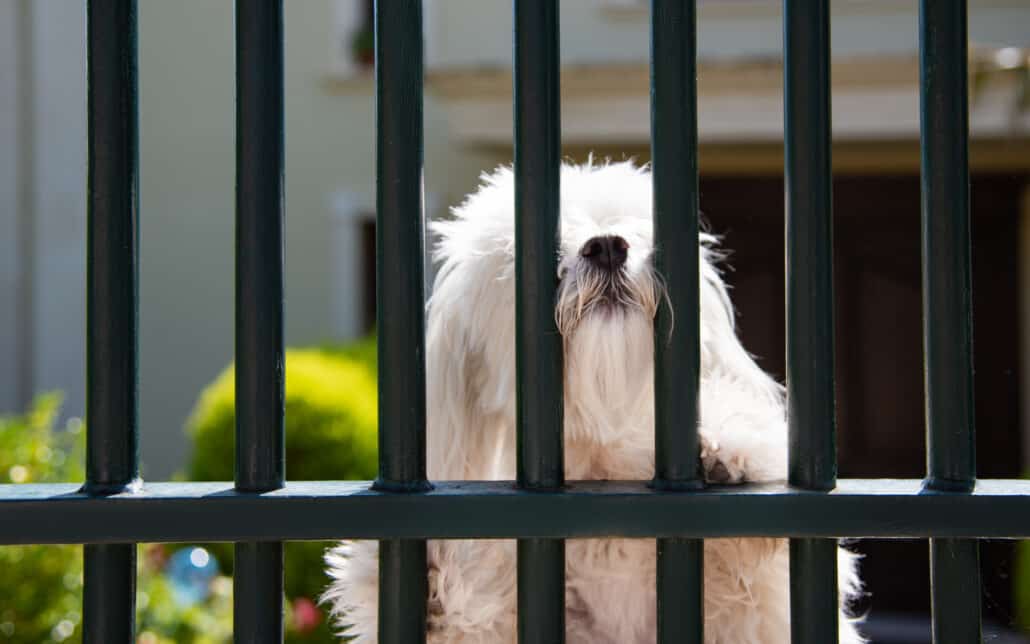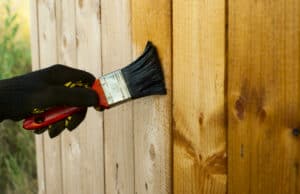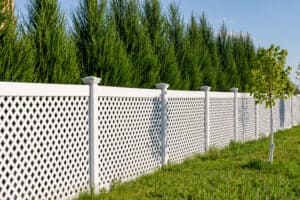A home is a haven, a place where everyone, including our furry friends, should feel safe and secure. For pet owners, creating a pet-friendly environment is a paramount concern, and selecting the right fence plays a crucial role in this task. Fences provide the necessary boundary to keep your pets in a safe space, and the proper selection will depend on various factors, including the size, habits, and breed of your pet. This article offers comprehensive guidance on choosing the best fence for your pet’s safety.
Understanding Your Pet's Needs
Before deciding on a fence, it’s vital to understand your pet’s specific needs. Dogs, for instance, can have vastly different requirements based on their breed, size, and temperament.
Large, energetic breeds may need high fences to prevent them from jumping over. Small dogs may require fences with narrow gaps to prevent them from squeezing through. On the other hand, cats, being agile climbers and jumpers, might need specialized fencing solutions.
Choosing the Right Material
Fence material is a crucial consideration when creating a pet-safe yard. Here’s a look at some common options:
Wood: Wooden fences provide excellent privacy and are difficult for pets to climb. However, they require regular maintenance to prevent decay and potential escape routes.
Chain Link: Chain-link fences are durable, cost-effective, and provide a see-through barrier. If your dog is a climber, a roller bar or anti-climb spikes can be added to the top. However, they may not be suitable if your dog is prone to being excited or agitated by outside stimuli.
Vinyl: Vinyl fences are durable, easy to clean, and available in various styles. They’re excellent for messy animals, but not very resilient to damage.
Metal: Metal fences, like wrought iron or aluminum, are sturdy and durable. They can be designed with narrow gaps to prevent pets from squeezing through, but might not offer as much privacy as wood or vinyl.
Fence Design Considerations
Aside from materials, the fence design also significantly impacts its effectiveness in keeping your pets safe. Considerations include:
- Height: As a rule of thumb, the fence should be high enough to prevent your pet from jumping over. A height of 6 feet is usually sufficient for most dogs.
- Visibility: Some pets do well with fences they can see through (like chain link), while others, particularly those who get easily excited or anxious, may benefit from privacy fences.
- Gap Size: Ensure that your fence doesn’t have gaps large enough for your pet to squeeze through. This is especially crucial for owners of small dogs or other small pets.
- Security: Look for a fence design with a secure gate and latches that are out of your pet’s reach.
- Underground Security: Some pets are diggers. For them, consider burying the bottom of your fence underground, or installing a buried wire at the fence base to create a dig-proof pet fence.
Complementing Fences with Training
A fence alone can’t guarantee your pet’s safety. It’s equally essential to train your pet to respect the fence boundaries. Using positive reinforcement techniques, you can teach your pet to stay within the yard and prevent fence-related anxiety.
A Safe Haven for Your Furry Friends
Ensuring your pet’s safety doesn’t have to be a complex task. By understanding your pet’s specific needs and selecting the appropriate fencing material and design, you can create a secure and enjoyable outdoor environment for your furry friend. Remember, the best fence for your pet is one that keeps them safely inside and provides peace of mind for you, the pet owner. Through a combination of the right fencing and positive training, your yard can become a safe haven for your beloved pets.





